Foodwise

Welcome to the last Foodwise for 2020!
This year has been a year like no other. We’ve dealt with what are hopefully multiple once in a lifetime events, and while we may be focussing on reaching 31 December and entering 2021, we must remember to keep food safety front of mind.
Because as the temperature rises, so too does the risk of foodborne illness.
However, by following a few common sense food safety rules such as always observing good hygiene and remembering to keep it hot, keep it cold, keep it clean and remembering to check the labels, you can ensure your festive season stays festive and your loved ones stay happy and healthy.
You’ll find more information on how to keep food poisoning away from the party in this edition of Foodwise.
Since 2004, the Food Authority has worked closely with industry and our partners to identify food safety risks and actively reduce them, and with your support, we will continue to do so in 2021.
Our Helpline will open on all NSW business days from 8.30am to 5.30pm. Email food.contact@dpi.nsw.gov.au or call 1300 552 406. Don’t forget to search our website too.
Thank you once again for your readership in 2020 and we wish you a happy and safe festive season.
For more information visit the NSW Food Authority website, email food.contact@dpi.nsw.gov.au or call the Helpline on 1300 552 406.
NSW Consumer Food Safety Behavioural Research
Do you know the difference between a use by date and a best before date? Should you wash raw chicken before cooking it? What’s the best way to store uncooked eggs? How long should you keep leftovers until they become unsafe to eat?
The Food Authority is responsible for regulating and monitoring food safety across the entire food industry supply chain in NSW – from paddock to plate.
To do this, the Food Authority seeks to educate consumers in food safety, such as good food handling practices and how to understand food labels, to reduce the risk of foodborne illness in the community.
To inform the future direction of the Food Authority’s education activities, an independent behavioural research project was conducted, with a focus on understanding consumers’:
- Current food safety practices in the home
- Perceived motivations and barriers to practicing food safety
- Sources of food safety information and potential information gaps
- Experiences and actions relating to foodborne illness and food-related product recalls.
The research also highlighted consumer trends that have emerged since the last research was conducted, which have the potential to impact food safety outcomes.
Understanding current consumer knowledge, behaviours and trends relating to food safety enables the Food Authority to refresh its education campaigns so they are targeted and evidence based – and promote positive behavioural change that reduces the incidence of foodborne illness in the home.
Outcomes of the report were positive with nearly all consumers (94%) indicating that food safety is more important than nutritional value (89%) and potential health benefits (86%).
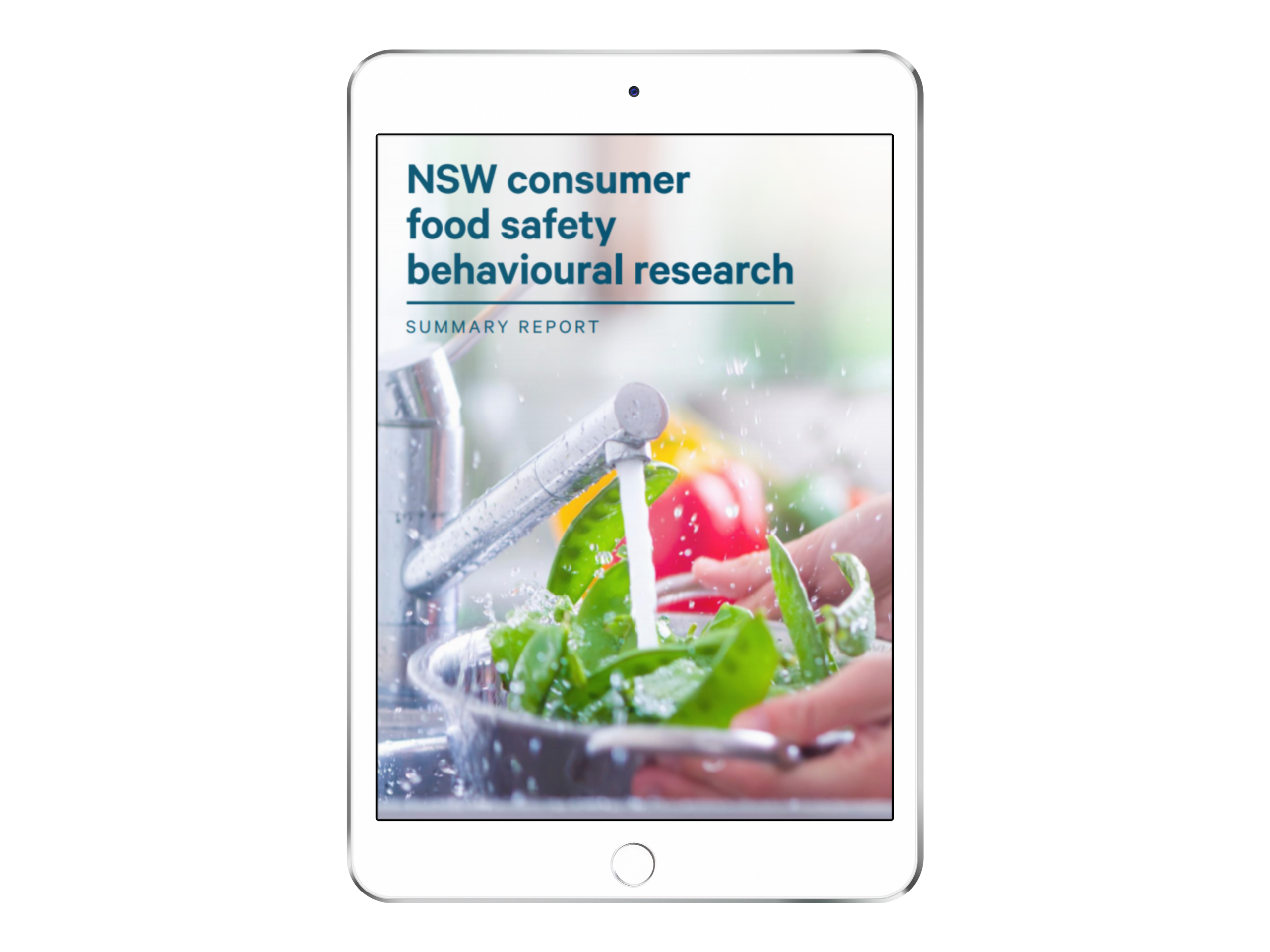
You’ll find more detailed information in the NSW consumer food safety behavioural research summary report which is available on the NSW Food Authority website.

Don’t give the gift that keeps on giving this summer
Summer is a time for spending quality time with family and friends enjoying special summer treats such as BBQs and seafood.
However, warmer weather, excess food sitting out for longer periods than usual and an abundance of leftovers, are just a few of the things that can lead to an increased risk of food poisoning during this time – particularly those more vulnerable such as the elderly, the young, pregnant women and those who are immune compromised.
Follow these simple tips to make sure your festive season stays festive

For more information about keeping food safe this summer, visit Summer eating | NSW Food Authority

Annual Food Testing Report 2019-2020 now available
The NSW Food Authority’s primary objective is to provide consumers in NSW with safe and correctly labelled food.
To support this objective the Food Authority regularly conducts testing of food products to ensure compliance with regulatory requirements, as part of foodborne illness investigations and to gather information to identify and respond to food safety issues. The Food Authority also undertakes scientific surveillance projects to identify and better understand food safety issues and risks in NSW
The Annual Food Testing Report provides a summary of testing conducted by the Food Authority’s primary testing provider and by other laboratories between July 2019 and June 2020.
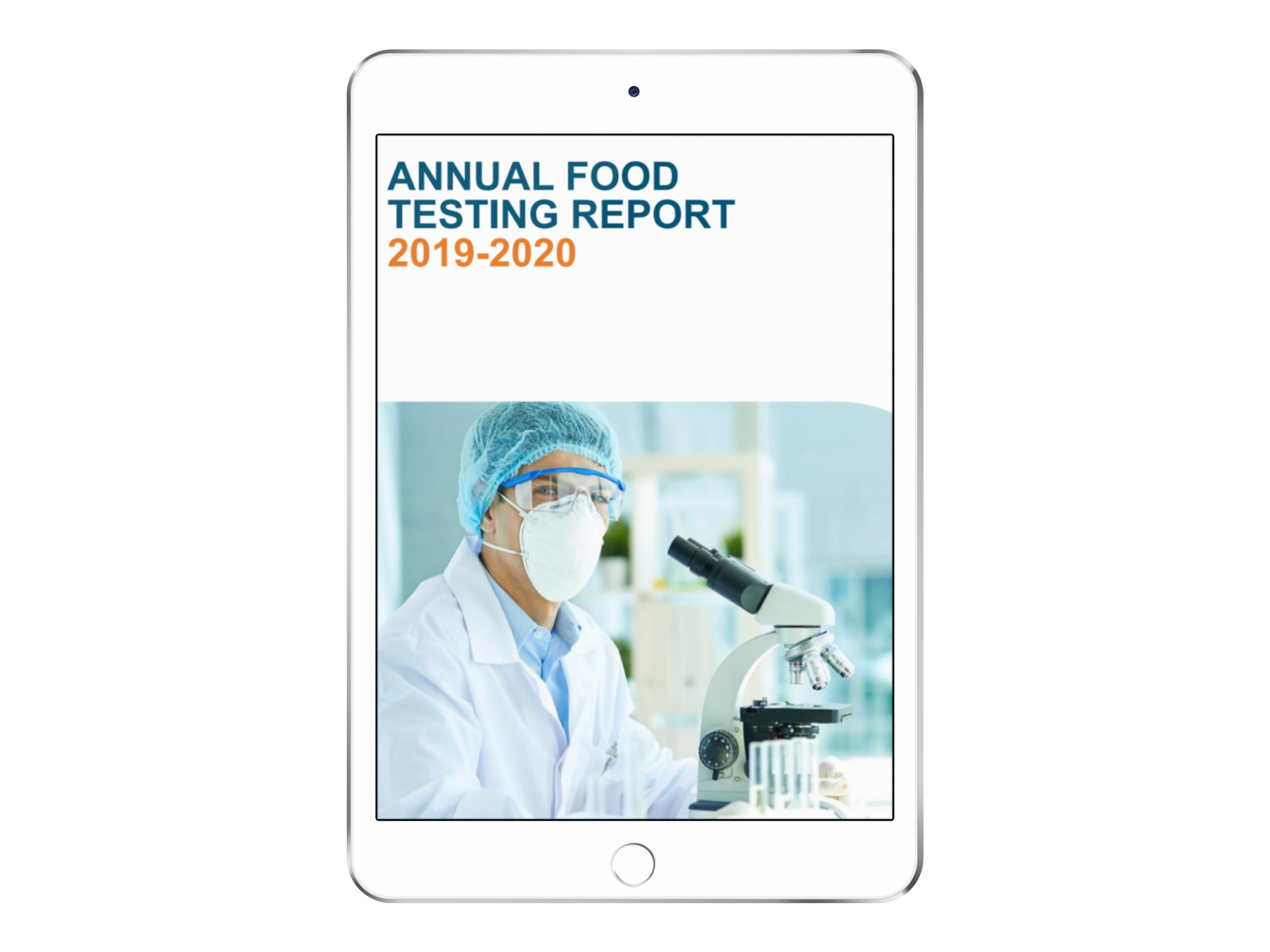
The report shows that a total of 4,540 samples were submitted for testing. The number of samples was lower during this period as a result of restriction of movement due to the COVID-19 pandemic. Sample types analysed included meat, seafood, dairy, plant products, packaged food, eggs, food from retail outlets and environmental samples (e.g. swabs). Most samples were submitted for multiple tests which may have included both chemical profiling and microbiological assessment.
Verification program
Three verification programs were carried out during 2019-2020:
- Food Safety Schemes verification program for Ready-to-eat foods
- Raw poultry verification program
- Kilojoule menu labelling verification program.
Research and targeted projects
During 2019-2020, the Food Authority conducted several research projects with the aim of gathering information to inform future risk assessment work. Projects included: Plant-based alternative products survey, Campylobacter attribution study, Campylobacter 2018-19 retail survey and Algal biotoxins in wild harvest shellfish.
Food safety compliance
Food safety compliance includes several compliance activities, which can result in the analysis of food for a wide variety of tests.
Between July 2019 and June 2020, a total of 3,622 samples were submitted for testing as a result of the following activities and investigations:
- Samples taken during audits and inspections (33 samples)
- Foodborne illness investigations (1,178 samples)
- Complaints and Compliance projects (2,411 samples)
More detailed information can be found in the Annual Food Testing Report 2019-2020 available on our website.
Have your say on the future of the Food Regulation System
The Australia and New Zealand Ministerial Forum (the Forum) on Food Regulation has endorsed a plan to reform the bi-national Food Regulation System (the System) to ensure it remains strong, robust and agile into the future.
Australia and New Zealand’s collaborative Food Regulation System is acknowledged to have produced strong food safety outcomes over the past 20 years. Expectations of the System have changed over time to meet evolving consumer expectations, accommodate industry innovation in a rapidly changing environment and continue to protect public health and safety.
While climate, health and ethical concerns are influencing consumer diet and product choices, poor nutrition and obesity continues to impact on public health and highlights the need to reduce lifestyle-related illnesses.
Increasingly digital supply chains are providing visibility of foods from point of origin right through to the consumer, and new technologies are being utilised in farming and processing with implications for food safety and consumer acceptance of food products changing the way foods are offered to consumers.
The Forum seeks to clarify the role of Australia’s food system and to better position the food regulatory system to meet these challenges and opportunities.
There is also a need to continuously improve the food regulatory system in line with consumer and industry expectations, and to ensure that it remains best practice.
A consultation paper, Aspirations for the food regulatory system has been released for comment, asking people for their views on food regulatory system. Feedback can be provided on the Australian Government Department of Health’s Consultation Hub by midnight, 22 January 2021.
Information from submissions will be used to develop recommendations to the Forum. This will not include information identifying individual businesses or organisations without their prior agreement.
Outcomes of the consultation will inform the second stage of the project and provide strategic direction for other reform initiatives including review of the Food Standards Australia New Zealand Act 1991.
Aspirations for the Food Regulation System is Stage 1 of the review into the Food Regulation Agreement and will inform Stage 2, which will create a new foundational document to underpin the food regulatory system. Read more about the reform project here.
RETAIL
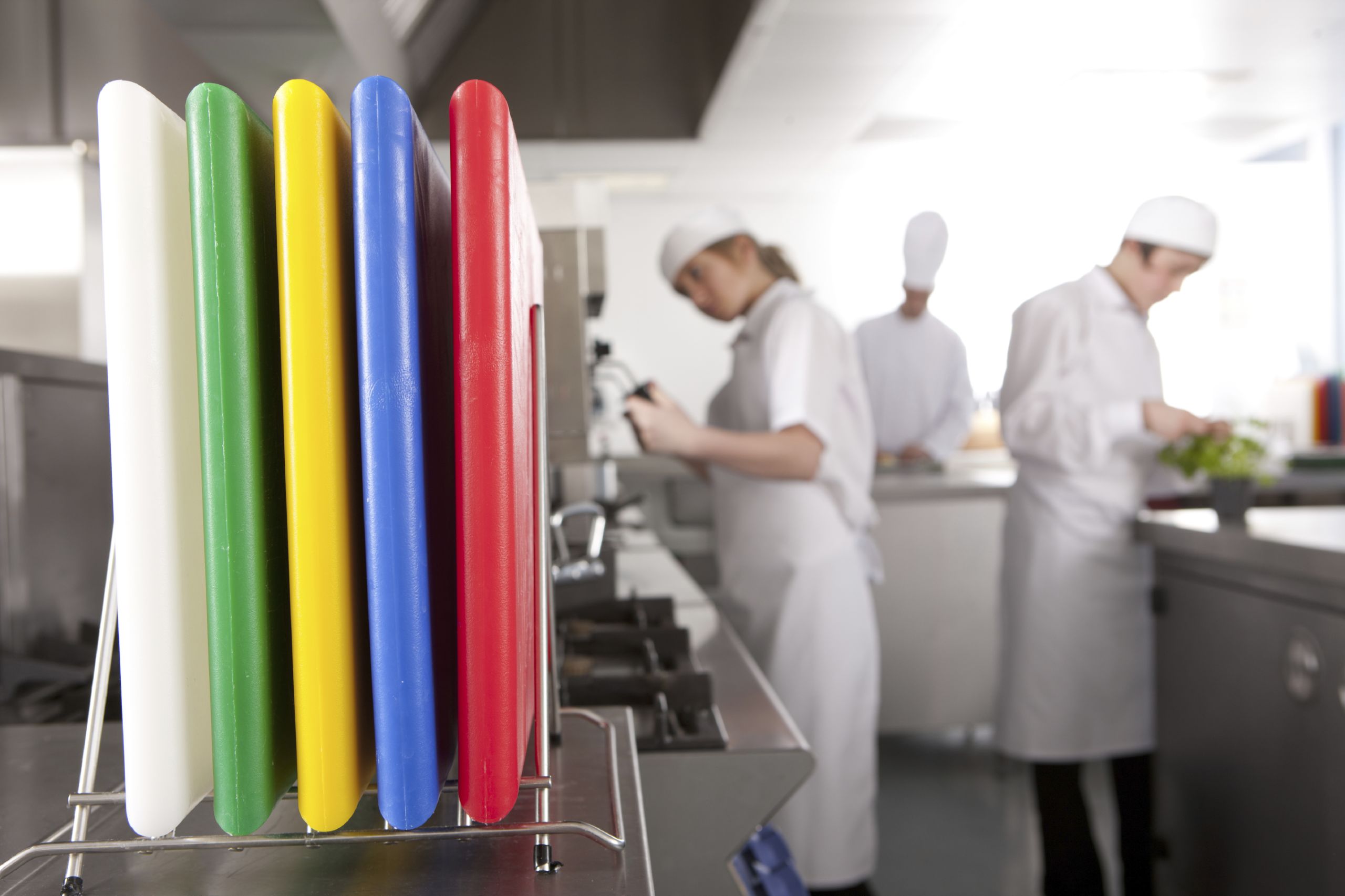
Overview of food surveillance activities in the retail food service sector 2019-20
NSW continues to benefit from the strong Food Regulation Partnership (FRP) food surveillance partnership model aimed at ensuring consumers have safe food, and the NSW food industry continues to thrive.
The NSW Food Authority appoints all NSW councils under the Food Act 2003 (NSW), except for Kosciusko National Park which is appointed by the Office of Environment and Heritage (OEH). All agencies work together to ensure NSW retail food service businesses comply with food safety standards and regulations.
Retail food business compliance
A total of 45,987 inspections and re-inspections were conducted across the retail food services sector, which includes fixed, temporary and mobile food premises. The total number of inspections is down from 60,161 in 2018-19, representing a drop of 24%.
A total of 77% of the high and medium risk food premises (31,039 of the 40,159) were inspected. These inspections are down from 2017-18 and 2018-19 and is due to the impacts of COVID-19 and other crisis events like bushfires, floods and drought.
The number of authorised officers remains the same from last period at 483.
Food business compliance
Retail food sector compliance with food safety requirements has improved since the FRP commenced in 2008 and remains steady. In 2019-20, the sector recorded a compliance rate of 97% which is a slight increase from the rate of 96% during 2018-19, as shown in Figure 1.
The number of businesses requiring additional re-inspections and intervention for non-compliance was calculated at 3% (1,057 of the 31,039 businesses) compared with 4% last period (1,592 of the 36,715 businesses).
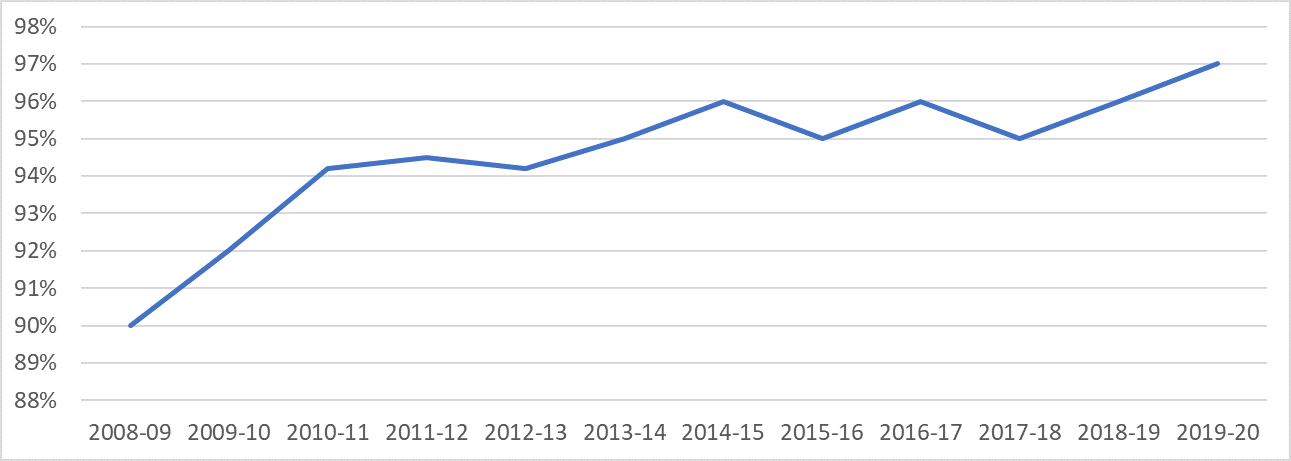
Figure 1: Overall compliance rate of the retail food services sector 2008-2020
Figure 1: Overall compliance rate of the retail food services sector 2008-2020
Food business inspection outcomes
NSW food businesses continue to have high food safety standards with 89% achieving an inspection outcome that equates to a Score on Doors star rating of at least three or more stars. This is a slight increase of 1% on 2018-19.
58% of all high and medium risk fixed, temporary and mobile food premises were provided business inspection outcomes by enforcement agencies as shown in Figure 2.
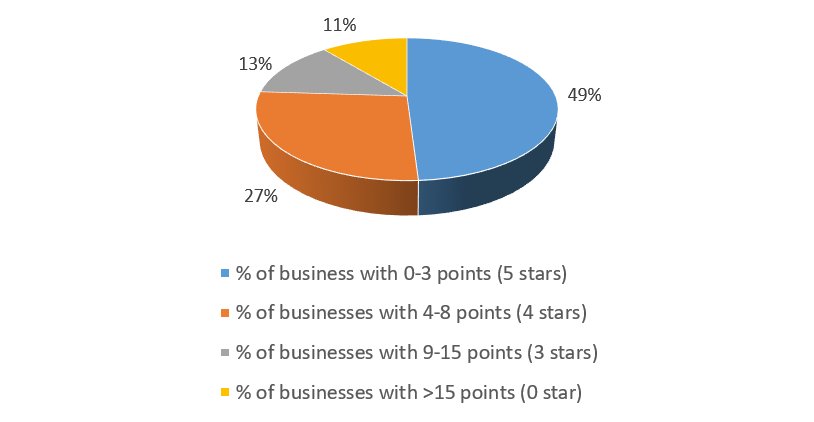
Figure 2: Business inspection outcome scores reported for 2019-20
Figure 2: Business inspection outcome scores reported for 2019-20
Enforcement action
To ensure food safety standards are being met, authorised officers may use a range of enforcement tools depending on the nature and severity of the food safety risks. An escalatory approach is taken with warnings issued as a first step to encourage improvement in safe food handling processes. For more severe breaches improvement notices and penalty notices may be issued, as well as seizure of products and equipment, prohibition orders and finally prosecution.
Figure 3 shows the escalatory approach is implemented by enforcement agencies as recommended by the Food Authority.
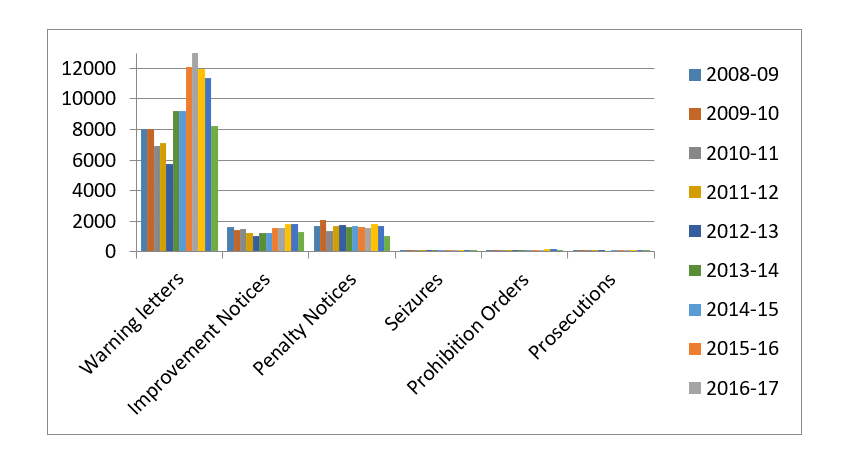
Figure 3: Types of enforcement action in the retail sector for 2008-2020
Figure 3: Types of enforcement action in the retail sector for 2008-2020
Food complaints
Enforcement agencies are responsible for investigating food related complaints. The total number of food complaints for the 2019-20 period increased slightly from 5,339 in 2018-19 to 5,505. The distribution of complaint types remains relatively unchanged from the previous year as shown in Figure 4.
The most common complaint type investigated related to hygiene and handling.
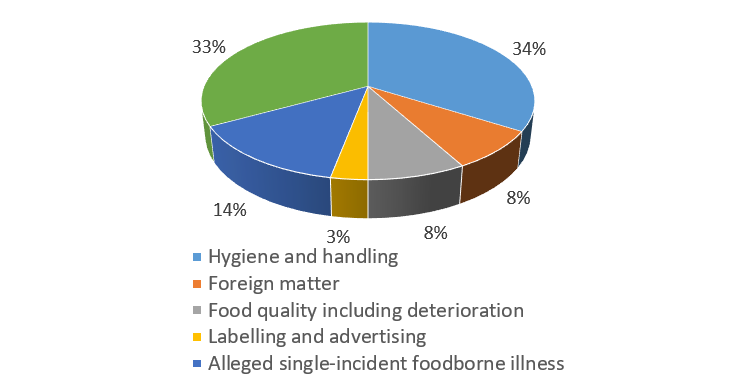
Figure 4: Complaint types investigated 2019-20
Figure 4: Complaint types investigated 2019-20
Impact of COVID-19 and other events on food surveillance activities
Food businesses and enforcement agencies have been significantly impacted by crisis events during 2019-20. Communities experienced a combination of drought, floods and bushfires in late 2019 and early 2020 which affected local economies with a drop in tourism.
The retail and food service sectors were especially affected with a succession of COVID-19 Public Health Orders placing restrictions on those businesses, consequently limiting enforcement agencies ability to implement their routine food surveillance activities.
New anti-fraud FSS Certificate now issued
Since 2011 all in-scope businesses are required to appoint one qualified Food Safety Supervisor (FSS) per premises. Food Safety Supervisors have received distinctive green and white NSW FSS certificates through training providers approved by the NSW Food Authority.
Earlier this year the Food Authority improved the security of the certificate with a new fraud-proof design, supported by silver foil inserts. The format of the certificate remained the same to ensure ongoing compatibility with existing training organisation printing facilities.
The new design was welcomed by the industry and training organisations for the fresh new look and as an innovative way to ensure all Food Safety Supervisors are properly accredited and trained.
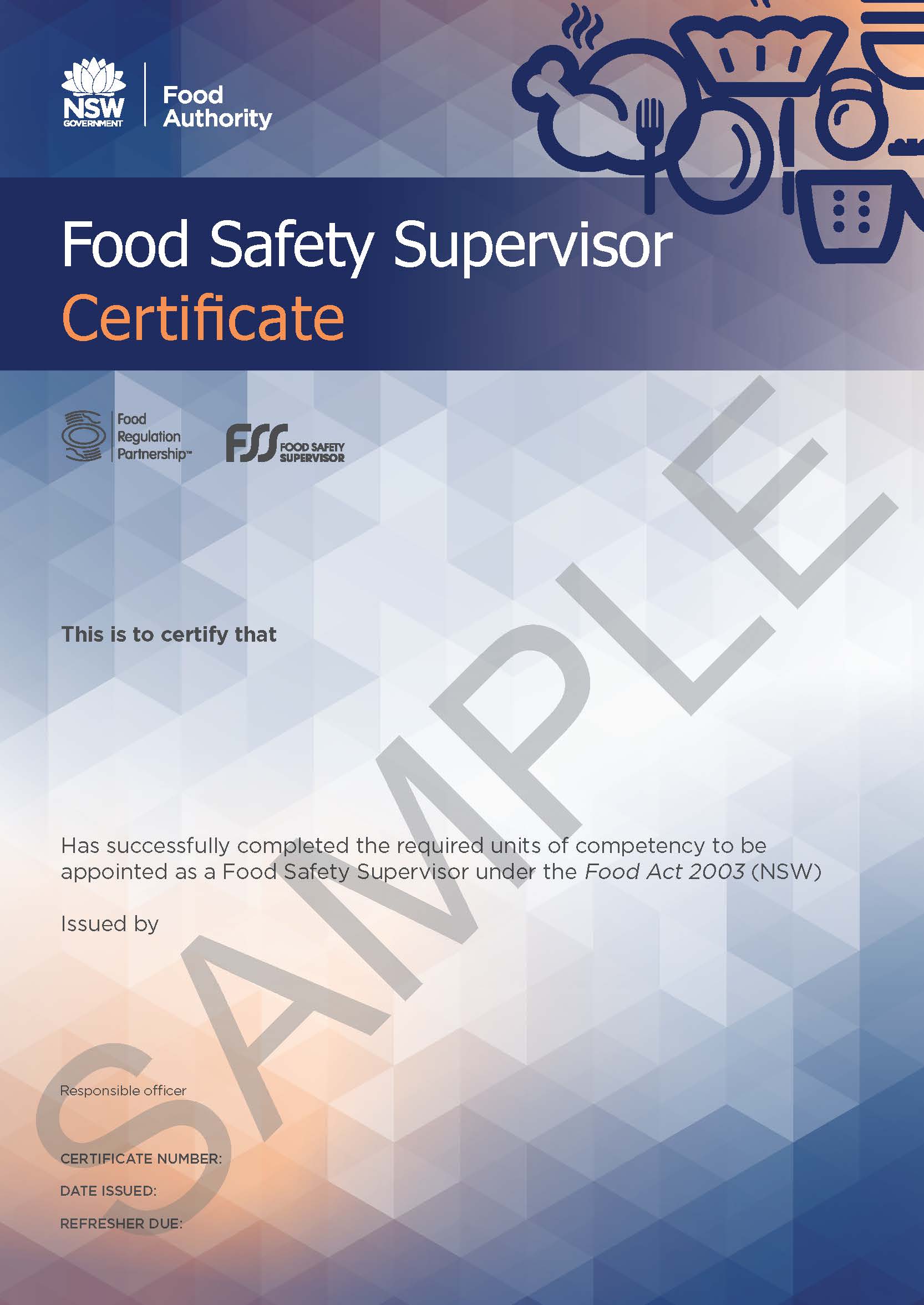
New anti-fraud FSS Certificate
New anti-fraud FSS Certificate
Green and white certificates were still issued up to October 2020 and are considered valid until their expiry date.

Online Food Safety Supervisor annual forum
The NSW Food Authority hosted its annual RTO Forum on 26 November 2020. Like many industry engagement events hosted by the Food Authority in 2020, this was the first time the forum was held virtually which allowed attendance by interstate-based training organisations.
The virtual forum also allowed a greater number of representatives and trainers to attend with a record number logging in over the course of the Forum.
Food Authority staff provided updates on the Food Safety Supervisor (FSS) program including new features being rolled out to RTOs in response to feedback received at the previous forum.
Food Authority staff also provided insight into the NSW Government’s COVID-19 response, discussing the COVID hygiene key focus area module added for free to Food Safety Supervisor training and the online COVID-19 Food Safety training course hosted on the Food Authority website.
Training organisation representatives also heard about case study presentations on the Local Government Unit’s Campylobacter investigation in the retail and food service sector and the changing regulatory landscape around caffeine products.
Local government unit presentations give RTOs direct feedback on the way their training helps to control the incidence of foodborne illness pathogens like Campylobacter in the retail and food service sector as well as feedback on the effectiveness of their training programs.

Remote food safety auditing guide
NSW Government advice in response to COVID-19 resulted in travel and work restrictions in some regions, impacting audit arrangements where licensed facilities cannot operate or auditors are not permitted to travel.
To ensure audits could continue under COVID-19 restrictions, the NSW Food Authority has developed a guidance document for food safety auditors approved to conduct remote audits where there is limited or no access to food premises or food preparation areas.
Remote auditing is available to the following licensed food businesses:
- Vulnerable persons facilities
- Cold food storage
- Dairy primary production
- Plant products
- Seafood processing
- Seafood processing – Ready-to-eat (RTE) products
- Seafood processing – RTE including wet storage
- Aquaculture with processing, excluding shellfish – RTE products
- A remote audit will not be granted where it is deemed safe by an auditor to conduct an audit onsite.
The Remote Auditing Guide outlines the processes for conducting a remote audit, clearly explaining the roles and responsibilities of food safety auditors and licensees. If granted a remote audit, it is the responsibility of the licensee to prepare technology, personnel and evidence as required.
A successful remote audit relies on adequate internet, voice and video services to ensure communication between the auditor and licensee is stable.
Voice and video services are used to collect evidence through one-to-one interviews, screen sharing to review documentation and records, and video observation of food safety processes.
All evidence is reviewed and reported to support the audit findings and conclusions.
A report is provided once the remote audit is complete detailing the remote auditing methods used and will clarify the effectiveness of the audit in achieving the stated objectives.
The opportunity for licensees to participate in remote audits comes to an end on 31 December 2020. The NSW Food Authority will review the guidance document to ensure it remains fit for purpose into 2021 if the COVID-19 situation changes.
If you have questions about remote audits under the Food Act 2003, please contact the NSW Food Authority Helpline on 1300 552 406 or at food.contact@dpi.nsw.gov.au
MEAT
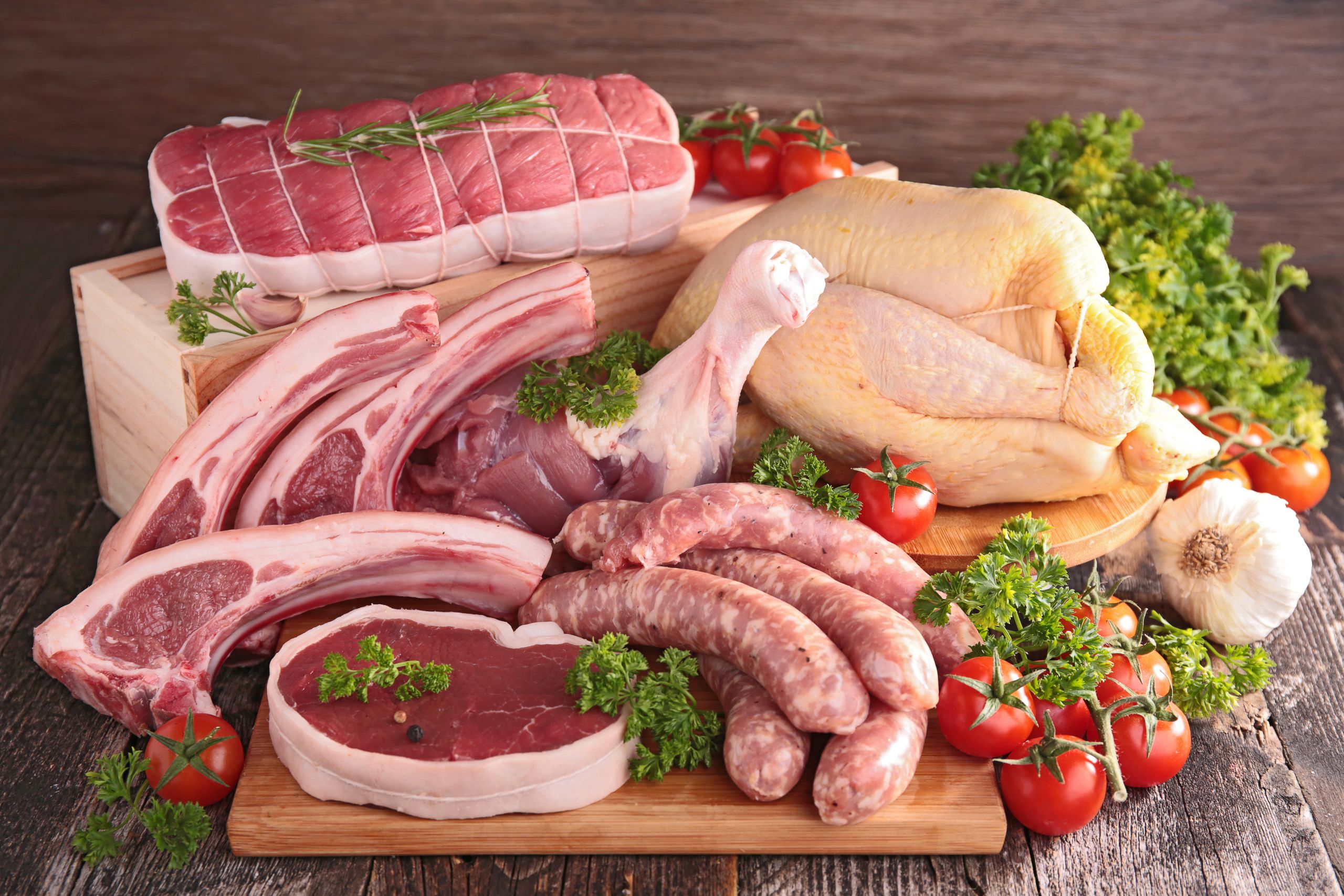
Inspections and audits
From July 2020 to September 2020, the Food Authority conducted 311 inspections and 300 audits of licensed meat businesses. This industry sector has recorded a compliance rate of 93%.
The main audit items attracting Corrective Action Requests (CAR’s) during the period were for process control (failure to complete monitoring records or to identify cross contamination risks), Food Safety Program issues, and analytical testing. The Compliance and Integrity Systems unit will be implementing targeted strategies to address these issues as well as poor performers.
The table below shows comparable data for compliance and audit activity in the meat sector between the same reporting periods in 2019 and 2020.
| Reporting period | July-Sept 2019 | July-Sept 2020 |
|---|---|---|
| Total audits | 573 | 300 |
| Total inspections | 241 | 311 |
| Compliance rate | 92% | 93% |
SEAFOOD
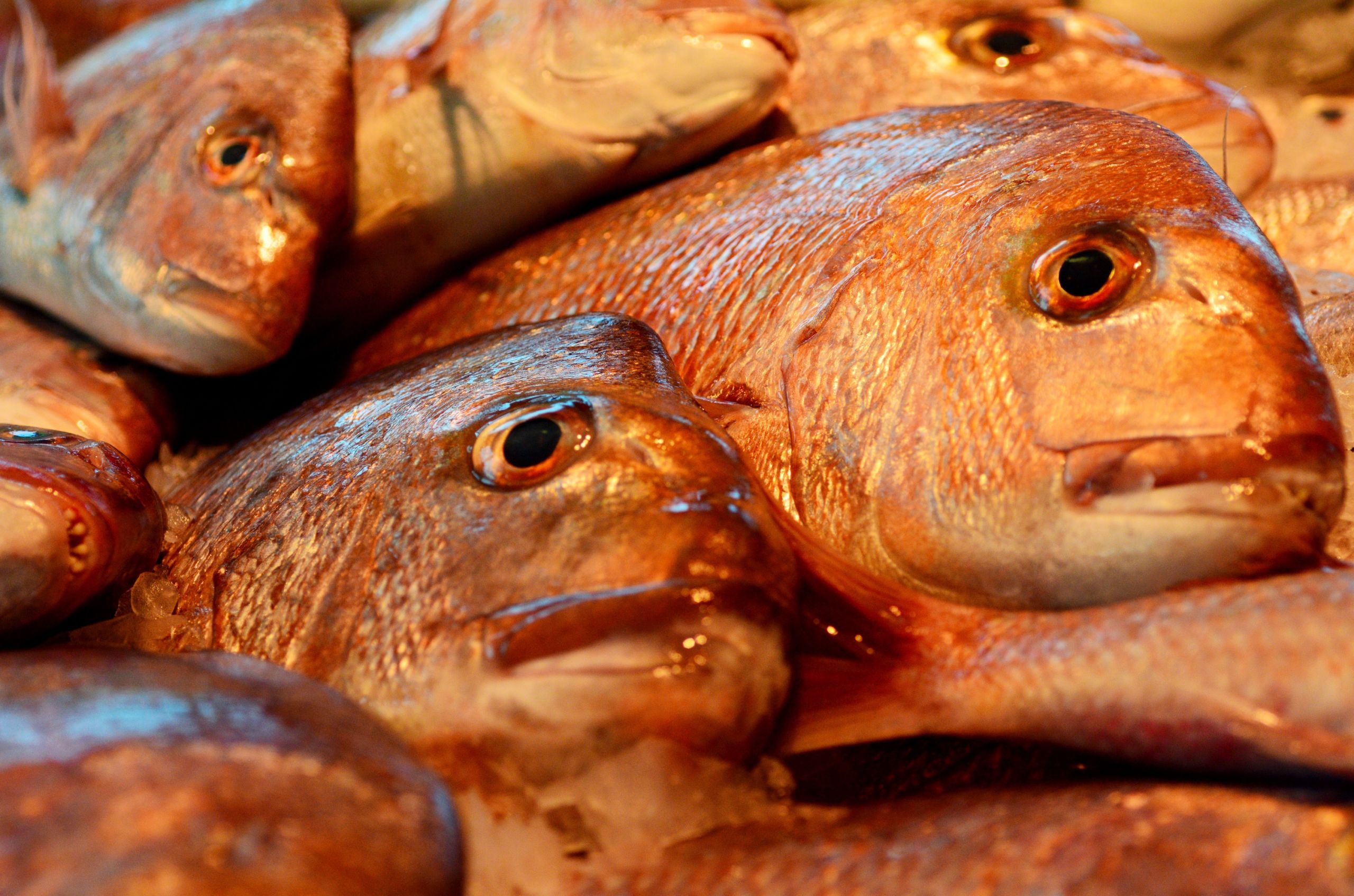
Inspections and audits
From July 2020 to September 2020, the Food Authority conducted 108 inspections and 45 audits of licensed seafood businesses. This industry sector has maintained a high compliance rate of 95% with no serious enforcement actions being taken.
The table below shows yearly comparable data for compliance and audit activity in the seafood sector between the same reporting periods in 2019 and 2020.
| Reporting period | July-Sept 2019 | July-Sept 2020 |
|---|---|---|
| Total audits | 93 | 45 |
| Total inspections | 81 | 108 |
| Compliance rate | 97% | 95% |
NSW Shellfish Committee
Issues considered by the committee on 4 November included:
Executive Officer of Oysters Australia, Andy Meyers provided preliminary findings of a survey on the impacts of COVID-19 on the oyster industry.
The Committee heard that while national oyster sales were down 26%, NSW oyster industry members had only seen a decrease of 15%. Further data showed gains for the NSW retail sector with an increase of 9% in oyster sales, interest in oyster exports increased to 25% compared to 4% sales pre-COVID-19, and NSW stock on farms were up 36%.
Due to COVID-19 and a new focus on establishing a breeding program in South Australia, Australian Seafood Industries (ASI) has withdrawn from the commercialisation of the Sydney Rock breeding program. NSW DPI will look to take carriage of the project in the short term and will work with the Shellfish Committee to confirm and develop the new approach.
The Committee were advised the salinity sensor project funded by the Food Agility CRC has been extended by a further two years, following a successful grant application.
This provides an extension of the project with the current sensor network, increasing the number of sensors and includes a data analysis component to help with predictive modelling.
The following updates were also provided to the Committee:
- A report tabled by the wild harvest representative stated the value of the wild harvest pipi industry increased in 2020 despite impacts from COVID-19. Pipis are almost exclusively sold on the Sydney Fish Market floor where prices peaked at $41/kg.
- NSW Food Authority run ‘Depuration and Harvest & Hold’ training courses have been successfully held via video-conferencing, in response COVID-19 related travel restrictions. Providing virtual services means easier access for industry members to complete NSW Food Authority training courses.
- TAFE NSW is offering, for a limited time, highly subsidised and in some cases free short courses which may be applicable to the shellfish industry. More information can be found on the TAFE NSW website.
- NSW DPI are reviewing the NSW Oyster Industry Sustainable Aquaculture Strategy (OISAS) due to changes to farming techniques and recent stakeholder interactions. After consulting with industry, it was agreed a moratorium be placed on the use of blue clips and that NSW oyster farmers must in future purchase only black clips. The updated OISAS is now on public exhibition for comment.
View a full summary of meeting outcomes.
Dates for 2021 NSW Shellfish Committee Meetings
- 10 February 2021
- 19 May 2021
- 18 August 2021
- 10 November 2021

Shellfish harvest area status webpage now automated and interactive
The NSW shellfish aquaculture harvest area status list on the NSW Food Authority website was recently enhanced so customers now have access to frequent online updates throughout the day via an automated interactive list.
It is easier to navigate than the previous static list and can be searched and filtered by harvest area, status and key words.
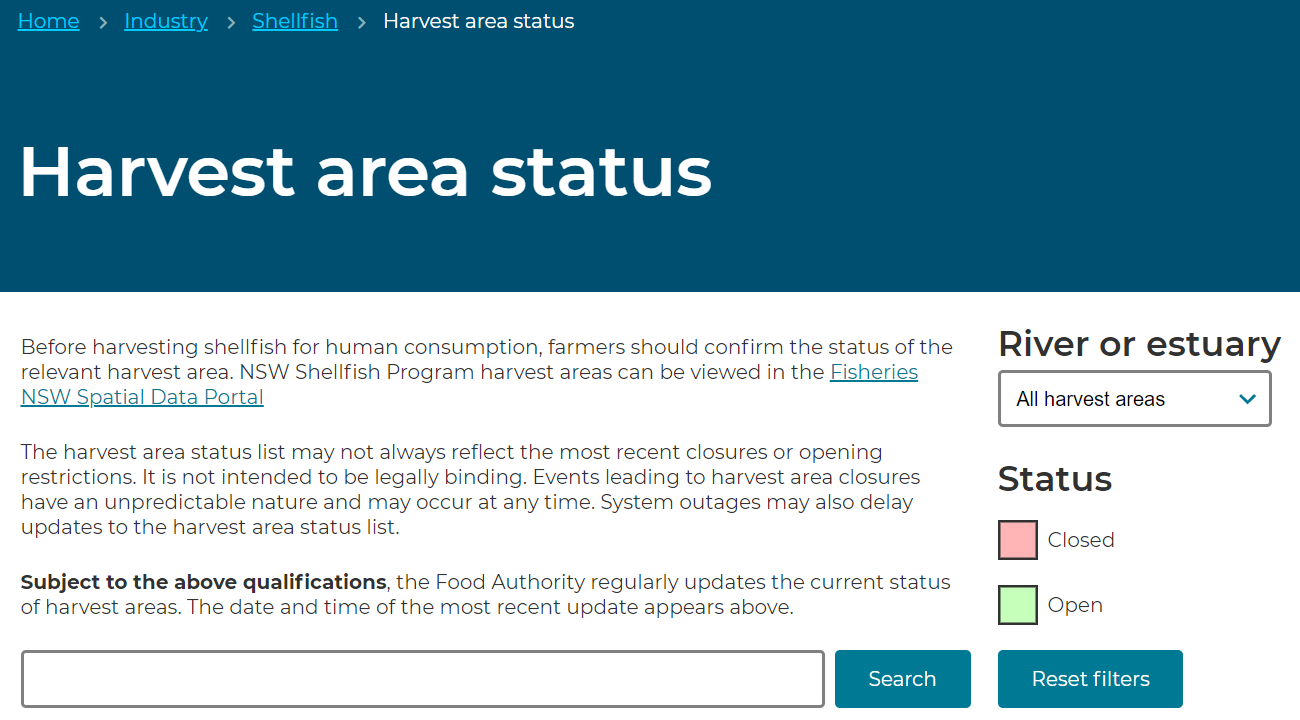
The information in each harvest area record is the same as the previous list however it is displayed more clearly. A simple colour coding system indicates if a harvest area is closed (pink), or an area is open or open with conditions (green). As per the previous list, wild harvest areas are not included.
The new list updates frequently throughout the day. The time the list was last updated will always appear at the top of list. During system upgrades or outages the interval will be longer.
Shellfish exporters may find the interactive list helps to streamline export documentation processes, and the Department of Agriculture, Water and Environment (DAWE) will be able to use the live feed to check EXDOC (export documentation system) as required. Shellfish importers will also have access to regularly updated shellfish harvest area status information online 24/7.
Together with the new list NSW Shellfish Program harvest areas have also been added to the NSW Primary Industries website. You can view them on the Fisheries NSW Spatial Data Portal.
To view the new list, visit the Food Authority website Harvest area status page.
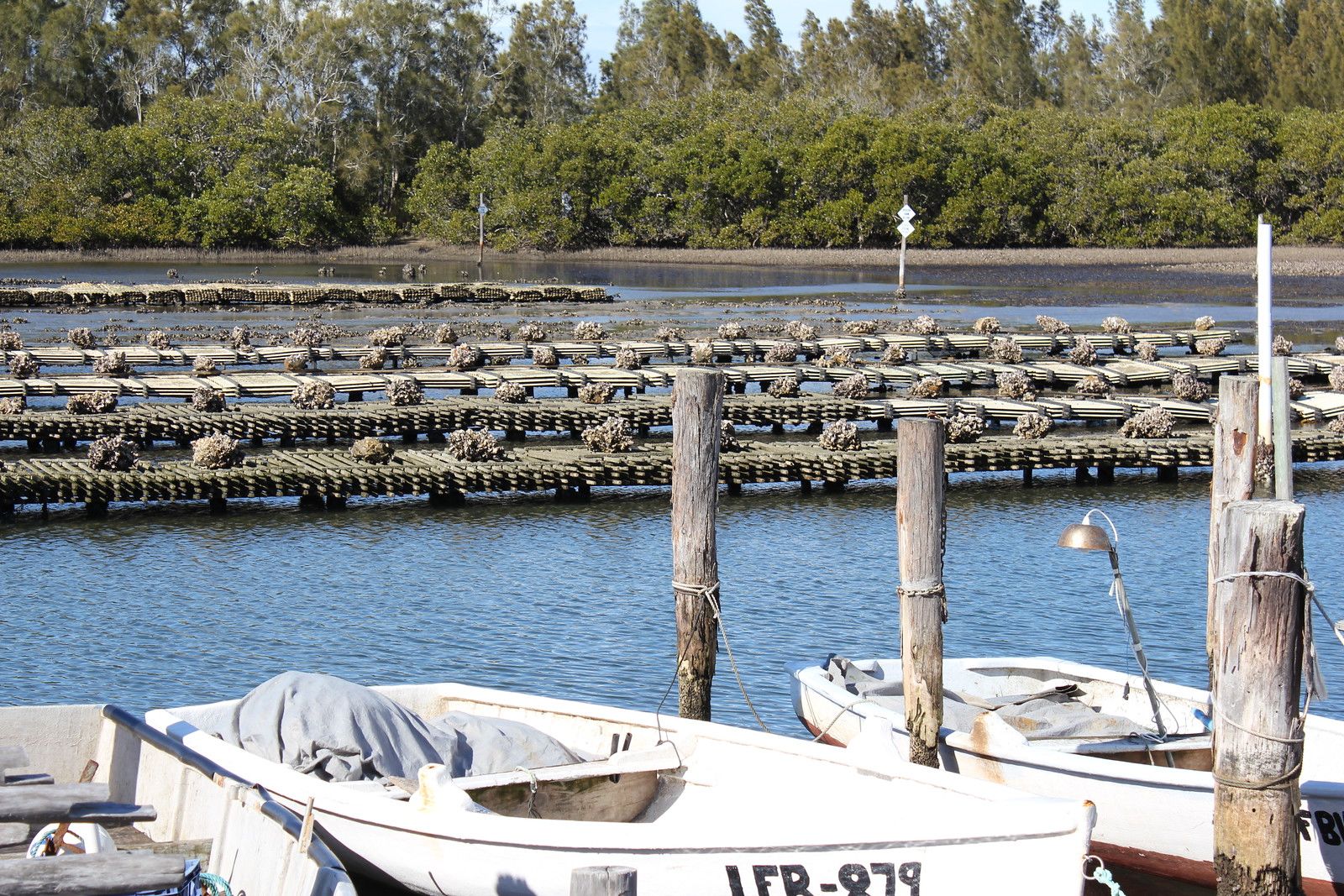
Sampler accreditation training now compulsory
It is now a requirement for those who perform sampling for local shellfish programs to be accredited as approved samplers under the NSW Shellfish Program and complete reaccreditation every two years.
The NSW Food Authority and the University of Tasmania worked to develop the online sampler training course to more efficiently deliver the training, allowing samplers to complete the course at a time that suits them.
The course trains personnel involved in the production, harvesting and treatment of shellfish to produce shellfish in accordance with the NSW Shellfish Program.
Those who undertake the course are trained on consistent and up-to-date food safety programs that are compliant with requirements of the various Acts, Regulations, codes and policies within the various NSW Food Authority legislative frameworks.
The fee for the online course is $50 for an initial accreditation and $25 for a reaccreditation (GST inclusive). The fee can be paid by the sampler or can be funded through the local shellfish program (at the discretion of the local shellfish committee).
New samplers can become accredited by completing the online training course.
Once the course is completed, the certificate must be sent to food.nswsp@dpi.nsw.gov.au for registration in our system.
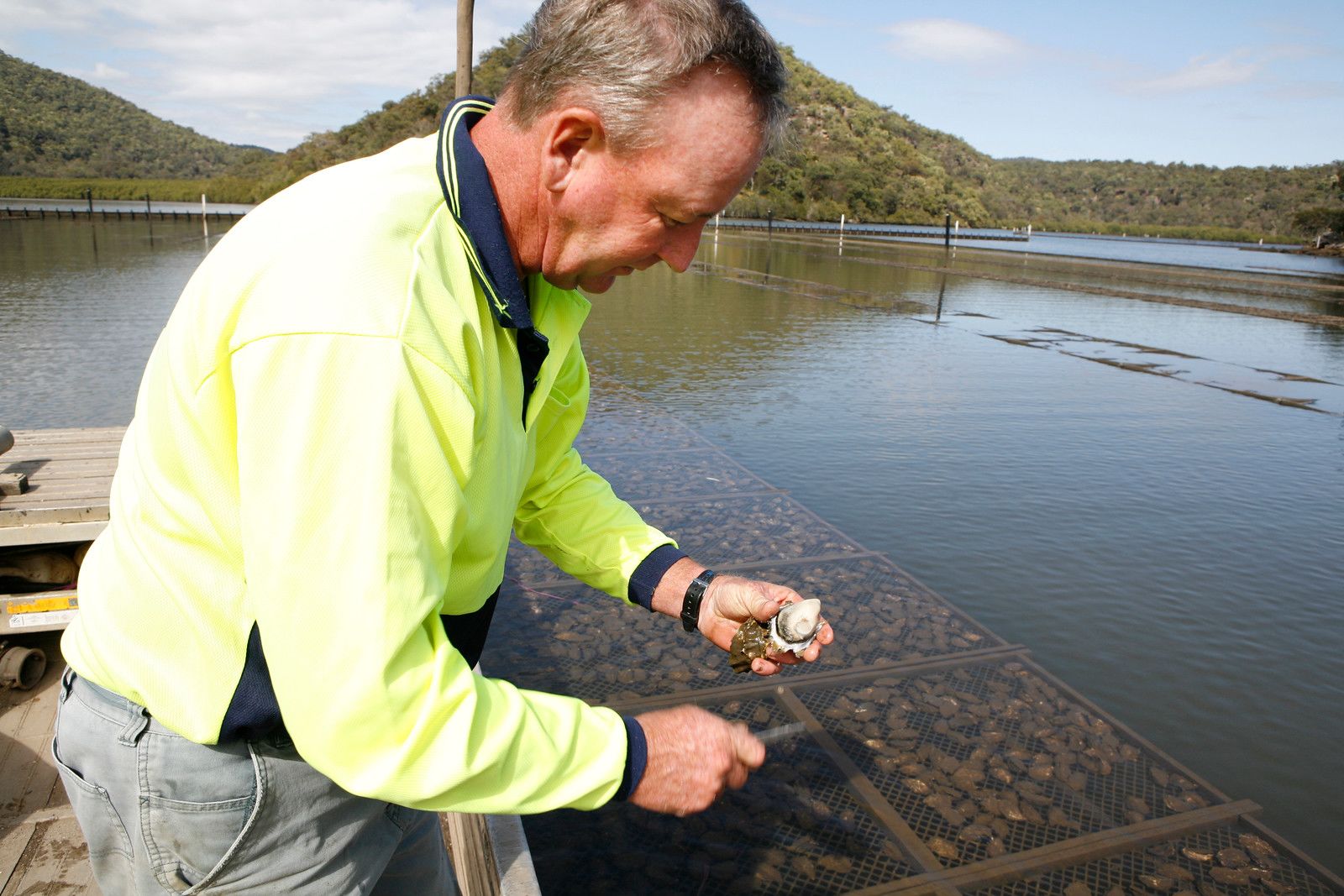
Increased risk of algal blooms over summer
As temperatures increase during spring and summer, blue green algae (Cyanobacteria) blooms can occur in dams, rivers and streams. Certain species of blue green algae produce harmful toxins that may be poisonous to humans or cause fatalities in domestic animals and fish.
There is potential for algal blooms to negatively impact the quality of water used for agriculture and irrigation. It is important to be aware of how your business can be affected if an algal bloom occurs.
The NSW DPI have provided fact sheets to guide water use for businesses during blue green algal bloom events.
WaterNSW provides alerts and up-to-date information on algal blooms in NSW.
For further details for algal blooms in a specific region in NSW, please contact the appropriate Regional Algal Coordinating Committee.
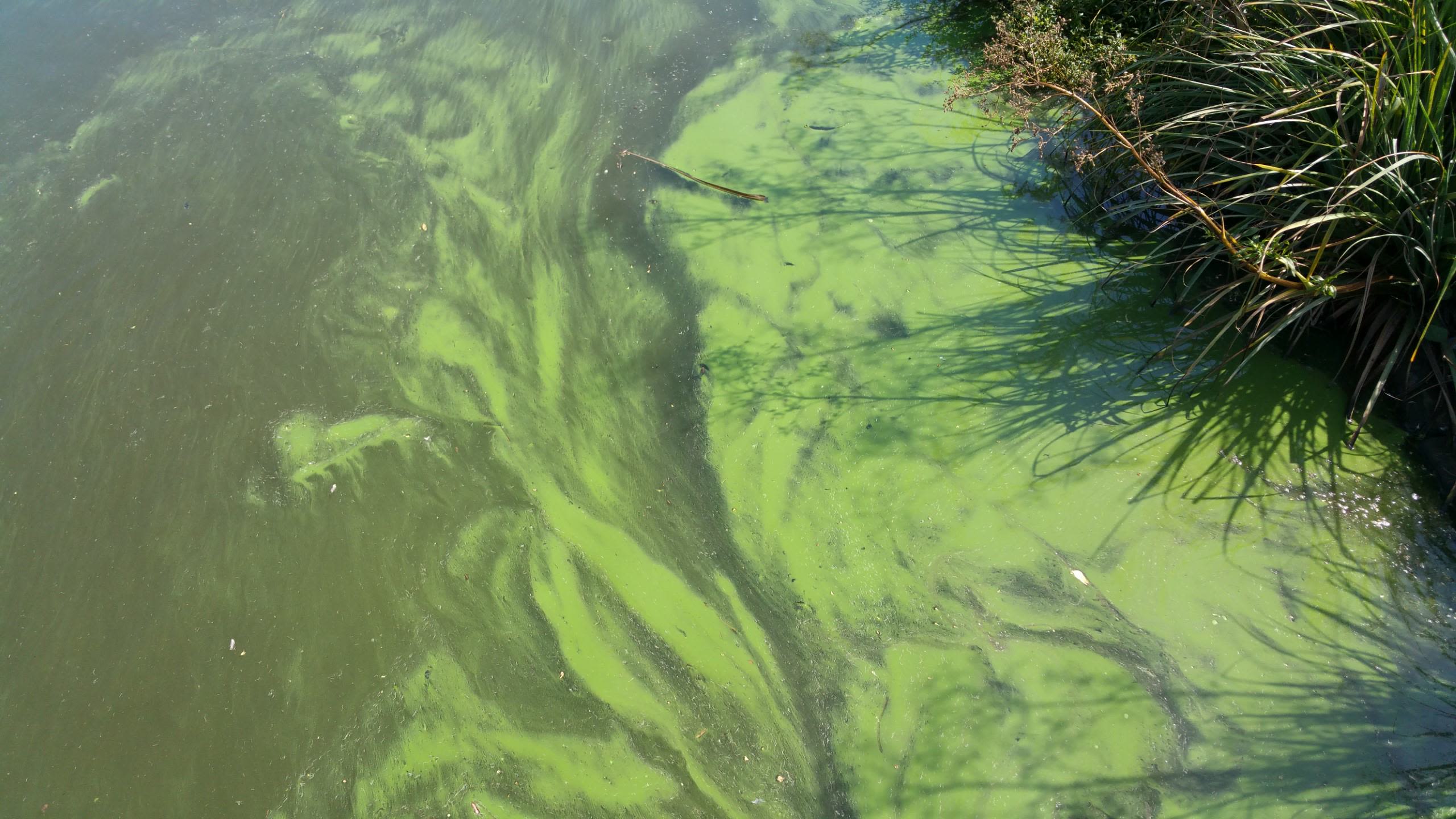
Call out to recreational fishers in ciguatera survey
Are you a recreational fisher – and have you heard of ciguatera fish poisoning?
Researchers at the Institute for Marine and Antarctic Studies (IMAS) and South Australian Research and Development Institute (SARDI) are helping to solve some of the mysteries around ciguatera toxin and reduce the risk to recreational fishers.
IMAS and SARDI are looking for recreational fishers who have had the toxin to provide information a survey. They also want to know who has heard of the toxin, what fishers want to know about it, and what’s the best way for them to know about it.
Have your say in the survey here.
DAIRY
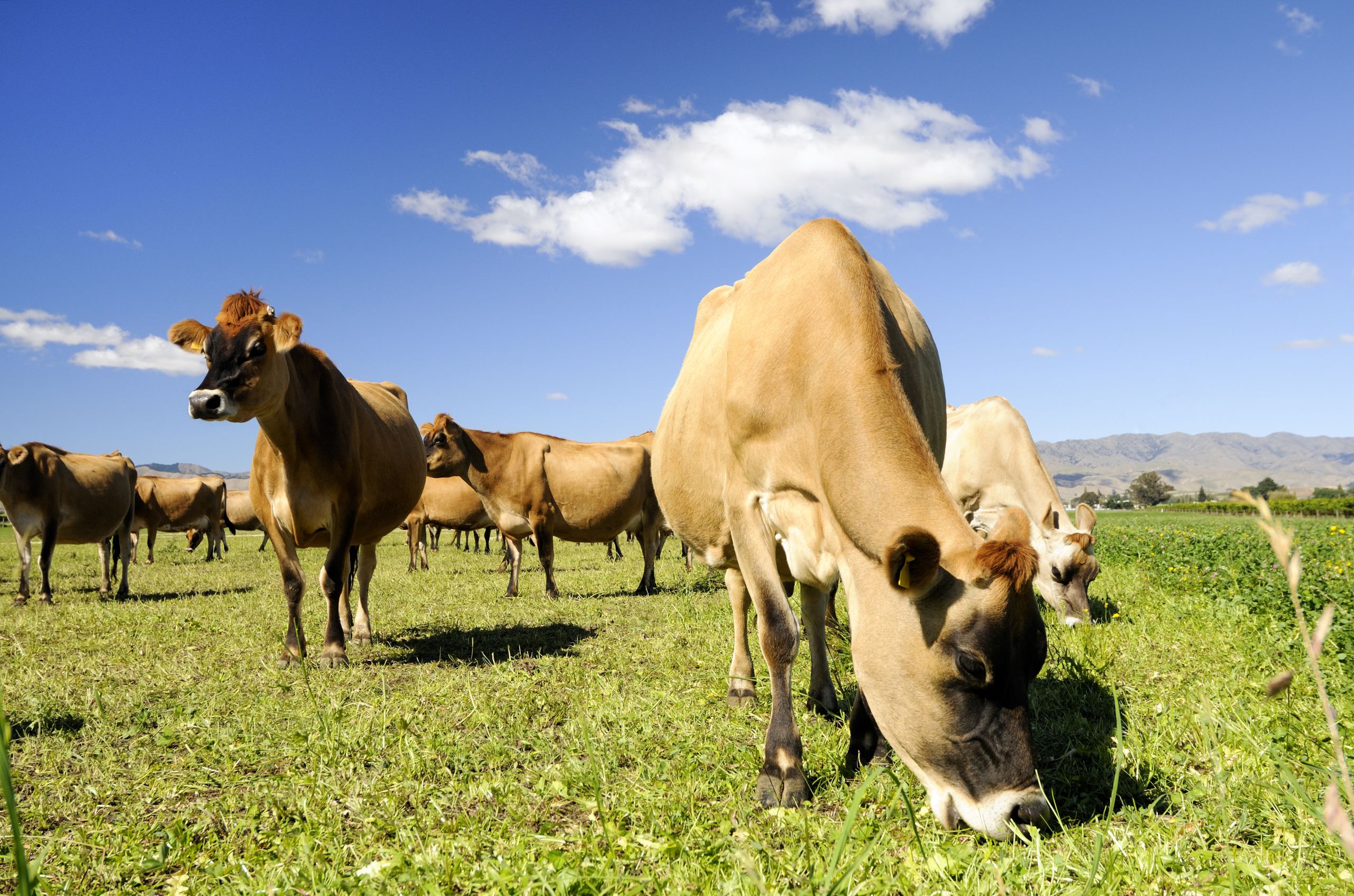
Inspections and audits
From July 2020 to September 2020, the Food Authority conducted 90 inspections and 49 audits of licensed dairy businesses. This industry sector has maintained a high compliance rate with 99% of businesses recording an acceptable audit result. This industry sector has maintained a high compliance rate for an extended period due to industry commitment to food safety controls.
There were no serious enforcement actions taken against licensed dairy business during this period.
The table below shows yearly comparable data for compliance and audit activity in the dairy sector between the same reporting periods in 2019 and 2020.
| Reporting period | July-Sept 2019 | July-Sept 2020 |
|---|---|---|
| Total audits | 162 | 49 |
| Total inspections | 14 | 90 |
| Compliance rate | 96% | 99% |
Dairy Industry Consultative Committee
Issues considered by the committee on 21 October included:
Industry updates
Members provided updates on key and emerging issues in their respective industry sectors with COVID-19 and associated state border closures and restrictions remained the focus of discussion. The dairy industry Issues Management Rapid Response Plan, International Freight Assistance Mechanism and potential exemption processes were discussed in relation to COVID-19 assistance to industry.
A Resource Paper with key links to published COVID-19 information to support the NSW food industry was provided to the committee, including advice for businesses on food safety aspects of COVID-19, workforce management and regulatory obligations.
Members were reminded Dairy Australia’s website includes industry-specific resources and extension programs to assist farm owners, dairy processors and service providers in effectively managing employees and business during COVID-19.
Dairy industry compliance for 2019-20 financial year
The Committee noted a report on dairy industry compliance activities for the 2019-20 financial year. 97% of licensed dairy businesses recorded an acceptable audit and/or inspection result, which is a 3% improvement compared to the 94% compliance from the 2018-19 period.
Construction and maintenance were the main Corrective Action Requests (CARs) issued across the dairy processing sector, indicating auditors are finding equipment and facility maintenance issues that require improvement.
Process control was the main CAR issued across the dairy primary production sector, indicating auditors are finding issues requiring improvement in areas such as keeping accurate monitoring records on site.
NSW milk exports
The Committee were presented dairy export figures showing NSW milk exports increased by 1% at $13M over the year to August, from the top five export markets being China, Hong Kong, Singapore, Malaysia and Vietnam.
Exports of raw and processed dairy products decreased 15% year on year worth $107M with the top five markets being China, Taiwan, Malaysia, Japan and Singapore. Members noted that Dairy Australia’s annual ‘In Focus’ publication provides detailed import and export statistics.
DPI Dairy Business Unit Update
Members were given an update on three strategic work areas within the Dairy Business Unit:
- Innovative industry development - benchmarking the performance of robotic dairies compared to other conventional milking systems as part of the Milking Edge Project
- Strong business management culture - Results for the 2019/20 financial year of the NSW Dairy Farm Monitor Project will be released shortly, participating farmers get an individual report to compare their performance over time and against other farms
- Dairy industry sustainability – broad priority with diverse work areas of animal health and welfare, land use planning and advice to government and industry. An action plan is currently being developed with actions to underpin a successful future for the NSW dairy industry. A draft is expected to be available for wider industry consultation shortly.
Australian Dairy Plan and Reform
Members were informed that the Australian Dairy Plan was recently published on 28 September 2020. The Plan aims to deliver increased profitability, confidence and unity across the industry. It is a joint initiative of Australian Dairy Farmers, Australian Dairy Products Federation, Dairy Australia and Gardiner Dairy Foundation, with its development led by Independent Chair, John Brumby AO.
View a full summary of meeting outcomes.
The date for the next meeting of the Dairy Industry Consultative Committee is to be advised.
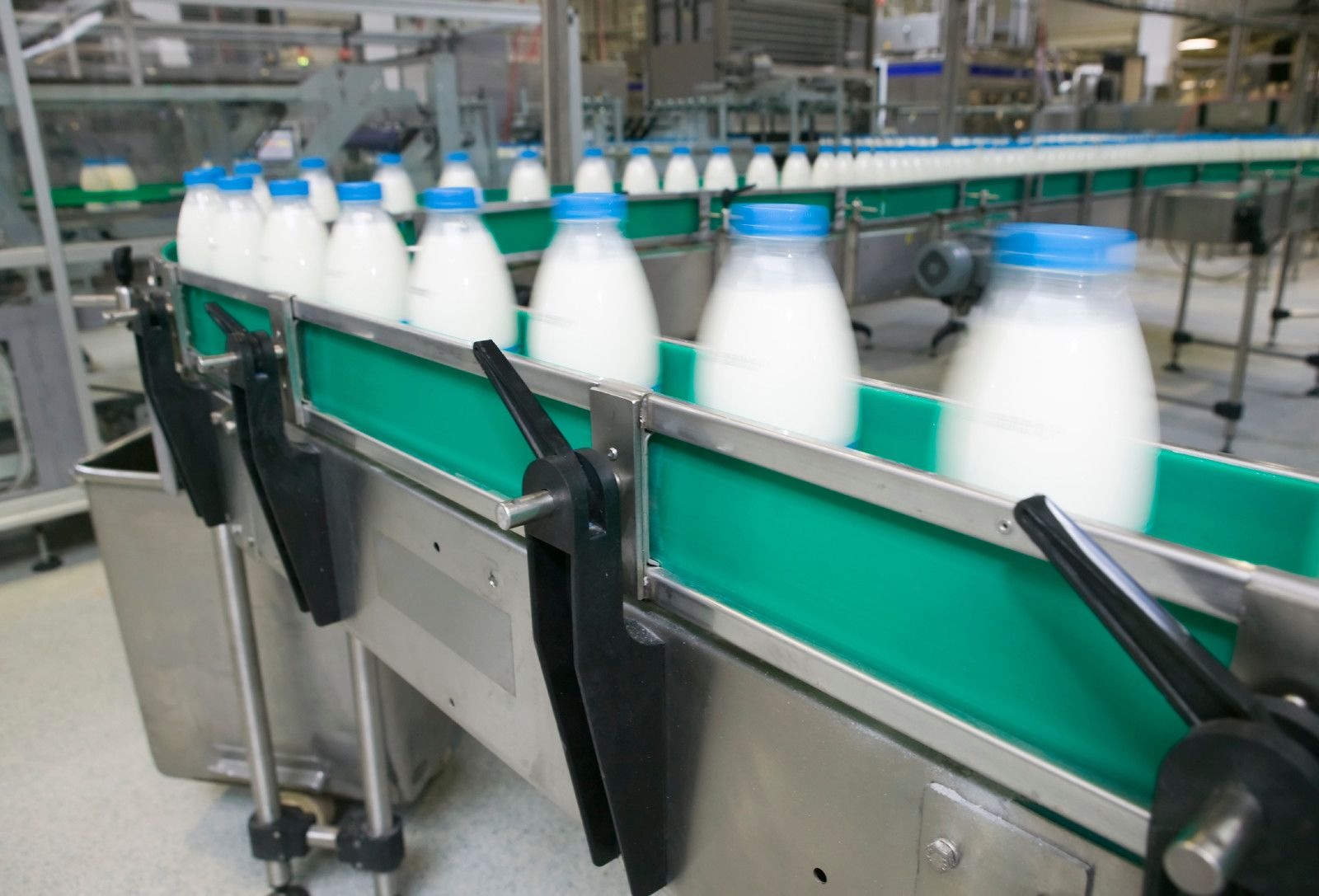
EGGS
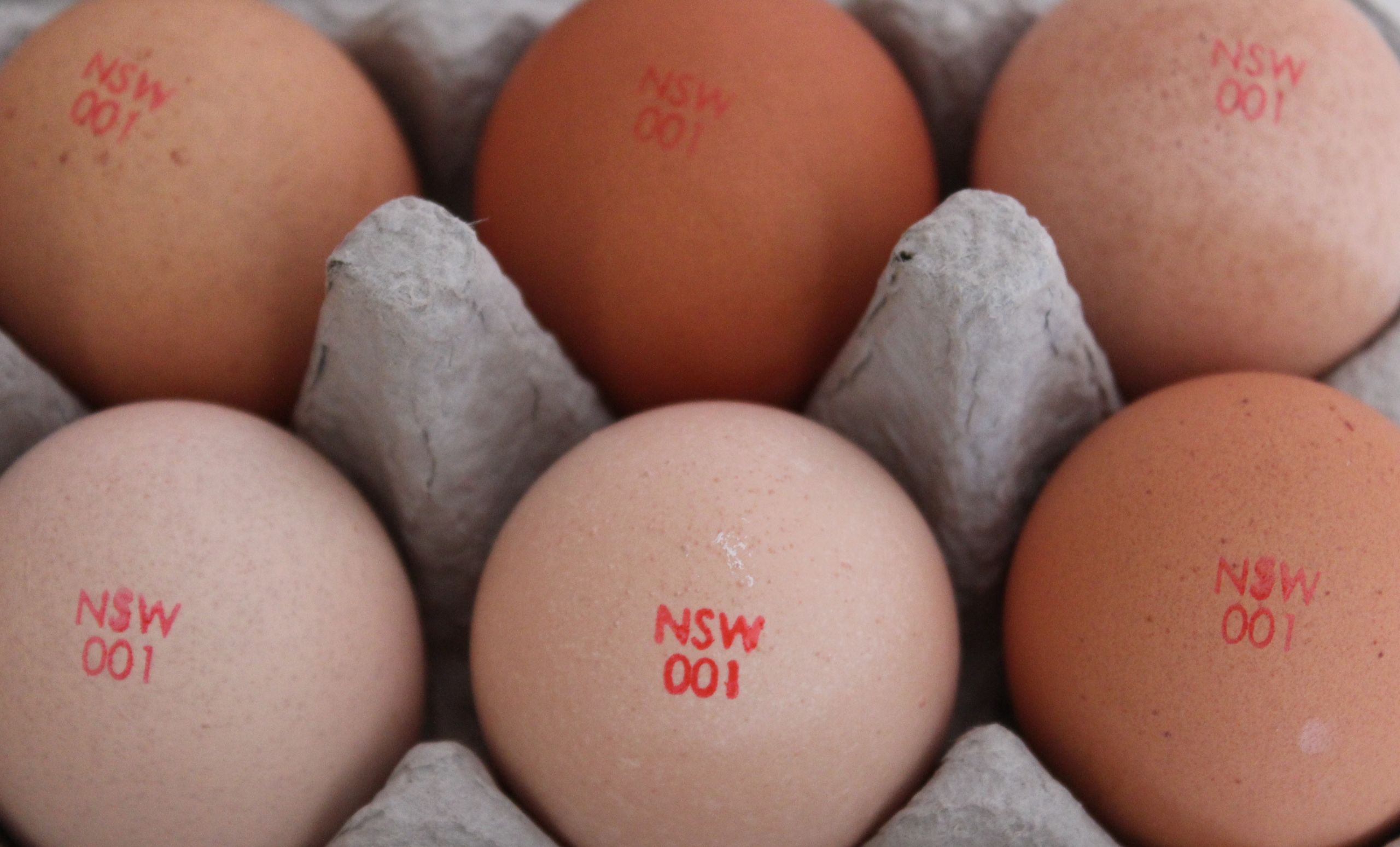
Inspections and audits
From July 2020 to September 2020, the Food Authority conducted 62 inspections and 20 audits of licensed egg businesses. This industry sector has recorded a compliance rate of 83% for the reporting period.
In August 2019, the Biosecurity (Salmonella Enteritidis) Control Order 2019 (the Control Order) came into effect following reports of a number of cases of human illness linked to Salmonella Enteritidis (SE) in egg production. Since May 2018, there has been an emergence of cases where people became infected from consuming food locally in NSW. The object of this Control Order is to prevent, eliminate, minimise and manage the biosecurity risk posed or likely to be posed by the spread of Salmonella Enteritidis within NSW.
To assist with the implementation of the Control Order, the NSW Department of Primary Industries developed the SE Egg Management Program which outlines all biosecurity and food safety controls that must be implemented to comply with the Control Order. The Program included existing food safety programs requirements, as well as new hygiene and biosecurity practices that are required in response to SE.
During the first quarter of 2020-21 financial year, Authorised Officers inspected licensed egg production and processing facilities to determine baseline compliance with the Control Order. At the conclusion of the inspection, each licensed facility was issued with a Biosecurity Direction outlining the areas of the Control Order and any additional requirements that required corrective action. Follow-up inspections are scheduled six months after the initial inspection to check if the licensed premises has complied with requirements outlined in the Control Order and food safety provisions.
The table below shows yearly comparable data for compliance and audit activity in the egg sector between the same reporting periods in 2019 and 2020.
| Reporting period | July-Sept 2019 | July-Sept 2020 |
|---|---|---|
| Total audits | 33 | 20 |
| Total inspections | 32 | 62 |
| Compliance rate | 91% | 83% |
PLANTS

Inspections and audits
From July 2020 to September 2020, the Food Authority conducted 43 inspections and 17 audits of licensed plant product businesses. This industry sector has recorded a compliance rate of 95%.
The table below shows yearly comparable data for compliance and audit activity in the plant sector between the same reporting periods in 2019 and 2020.
| Reporting period | July-Sept 2019 | July-Sept 2020 |
|---|---|---|
| Total audits | 45 | 17 |
| Total inspections | 20 | 43 |
| Compliance rate | 88% | 95% |
Annual Melon Food Safety and Traceability Workshop
The NSW Department of Primary Industries recently (NSW DPI) held the annual Melon Food Safety the Traceability Workshop at Griffith, the centre of NSW export melon production.
The COVID-19 compliant event was attended by NSW DPI staff and industry members, including 7 representatives of three major melon growers in the region.
Key presentations focused on food safety best practice and traceability in the melon supply chain, industry updates by Hort Innovation and biosecurity surveillance requirements for supporting melon exports to New Zealand.
Attendees were updated on the Pest Free Place of Production arrangements for Cucumber green mottle mosaic virus which now include watermelon and pumpkin and increases New Zealand export opportunities for NSW growers.
Growers were advised to keep following best practice, maintaining food safety systems and adopt a digital traceability solution to meet consumer and regulator expectations in domestic and export markets.
Hort Innovation were invited to provide information to the forum on the NSW Government’s AgSkilled 2.0 program which runs to upskill and better prepare the agricultural workforce for fast-moving change driven by industry innovation, research and technology
This Melon Food Safety the Traceability Workshop was part of NSW Agriculture’s ‘Safe Melons’ research program, which is currently co-funded by projects from the Australian Department of Agriculture, Water and Environment and Australian Melon.
This workshop complements the work previously undertaken by the NSW Food Authority to produce specific rockmelon safety guidelines, and the work of the industry more broadly to recover from previous foodborne illness outbreaks and produce a safe product for consumers.

VULNERABLE PERSONS

Inspections and audits
From July 2020 to September 2020, the Food Authority conducted 23 inspections and 453 audits of licensed hospitals and aged care businesses. This industry sector has maintained a high compliance rate with 99% of businesses recording an acceptable compliance result due to the correct implementation of food safety controls and ensuring staff have the necessary skills and knowledge.
The table below shows yearly comparable data for compliance and audit activity in the vulnerable persons sector between the same reporting periods in 2019 and 2020.9
| Reporting period | July-Sept 2019 | July-Sept 2020 |
|---|---|---|
| Total audits | 386 | 453 |
| Total inspections | 31 | 23 |
| Compliance rate | 98% | 99% |
MANUFACTURING
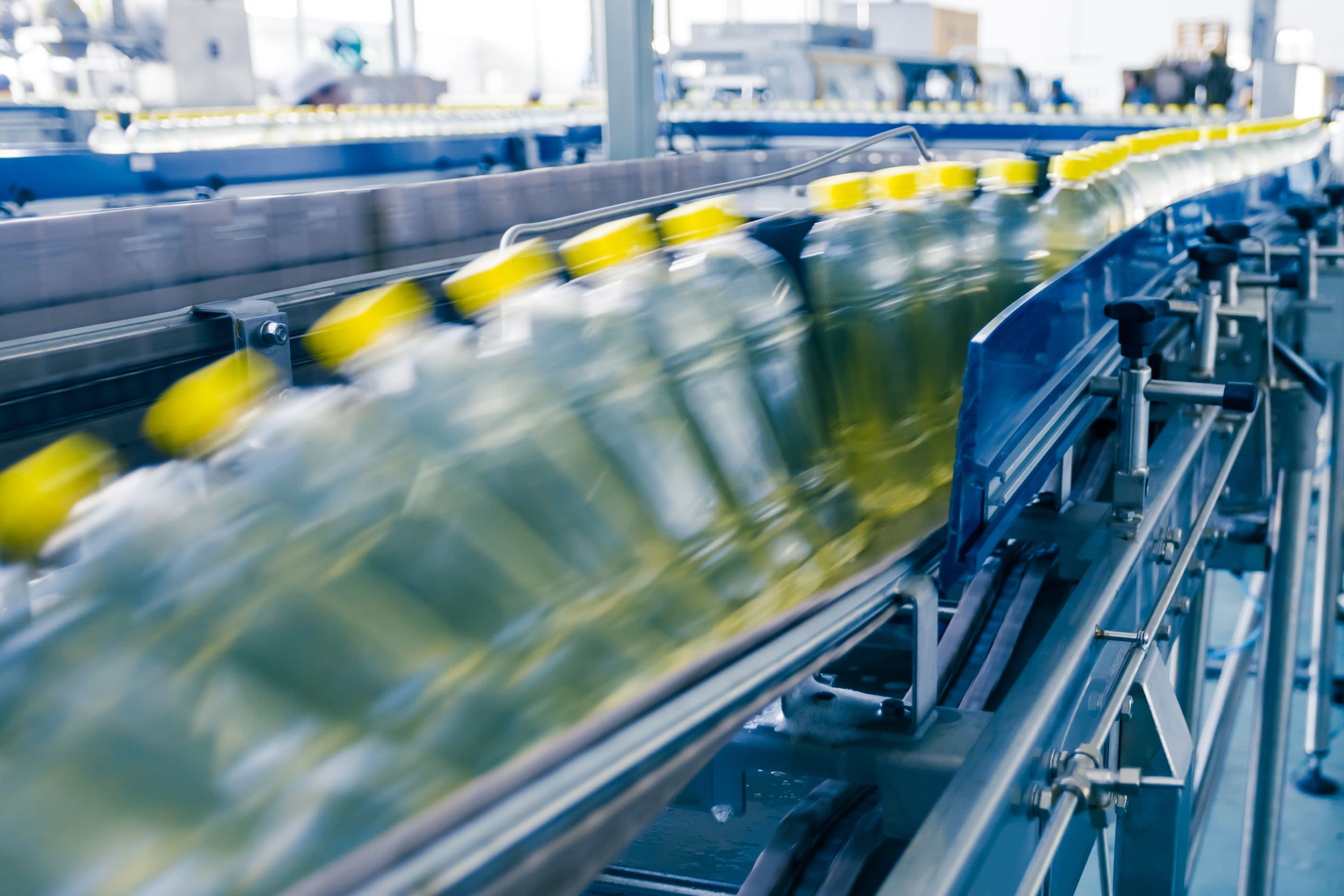
Don’t sit on the allergen fence - how to avoid recalls of food products
One of the main reasons food businesses recall food is to minimise the risk of allergic reaction or anaphylaxis for consumers who buy their products. Most of these types of recalls occur because a product contains an allergen that is not declared, or an allergen that is incorrectly declared on the product label.
Food businesses must declare ingredients and allergens, as some consumers will suffer a life-threatening allergic reaction (anaphylaxis) if they consume a food product unaware that it contains an allergen they’re allergic to.
Some businesses try to sit on the “allergen fence”, by labeling the front of their product with an allergen free claim and then including a “may contain” statement for that allergen on the back of the product. This kind of labeling is used to “cover all bases”, but it is a risky practice. It can and does mislead or confuse allergic consumers into thinking there is no allergen in the product, and that it is safe for them to eat.
Why? Because many allergic consumers rely on allergen free claims to decide whether they can safely eat a food product, yet the product can still contain the allergen. This puts allergic consumers at risk of suffering an allergic reaction or anaphylaxis.
This type of labelling has resulted in NSW Food Authority investigations finding that offending businesses falsely described a food and in breach of the Food Act 2003. Penalties range from $82,000 for individuals and $412,500 for corporations for lesser offences, $110,000 or imprisonment for 2 years, or both in the case of an individual, and $550,000 for corporations for the most serious offences.
The Food Authority recommends some simple steps a business can take to avoid a recall or penalty:
- Follow Food Authority guidelines on identifying and declaring allergens here
- Use a recognised system, like VITAL to declare allergens in your products
- Only make allergen free claims on products that you can verify as allergen free
- Check the allergen declarations on your products to make sure they are accurate
- If in doubt contact a consultant.
For more information on labelling for food business visit Labels & the law
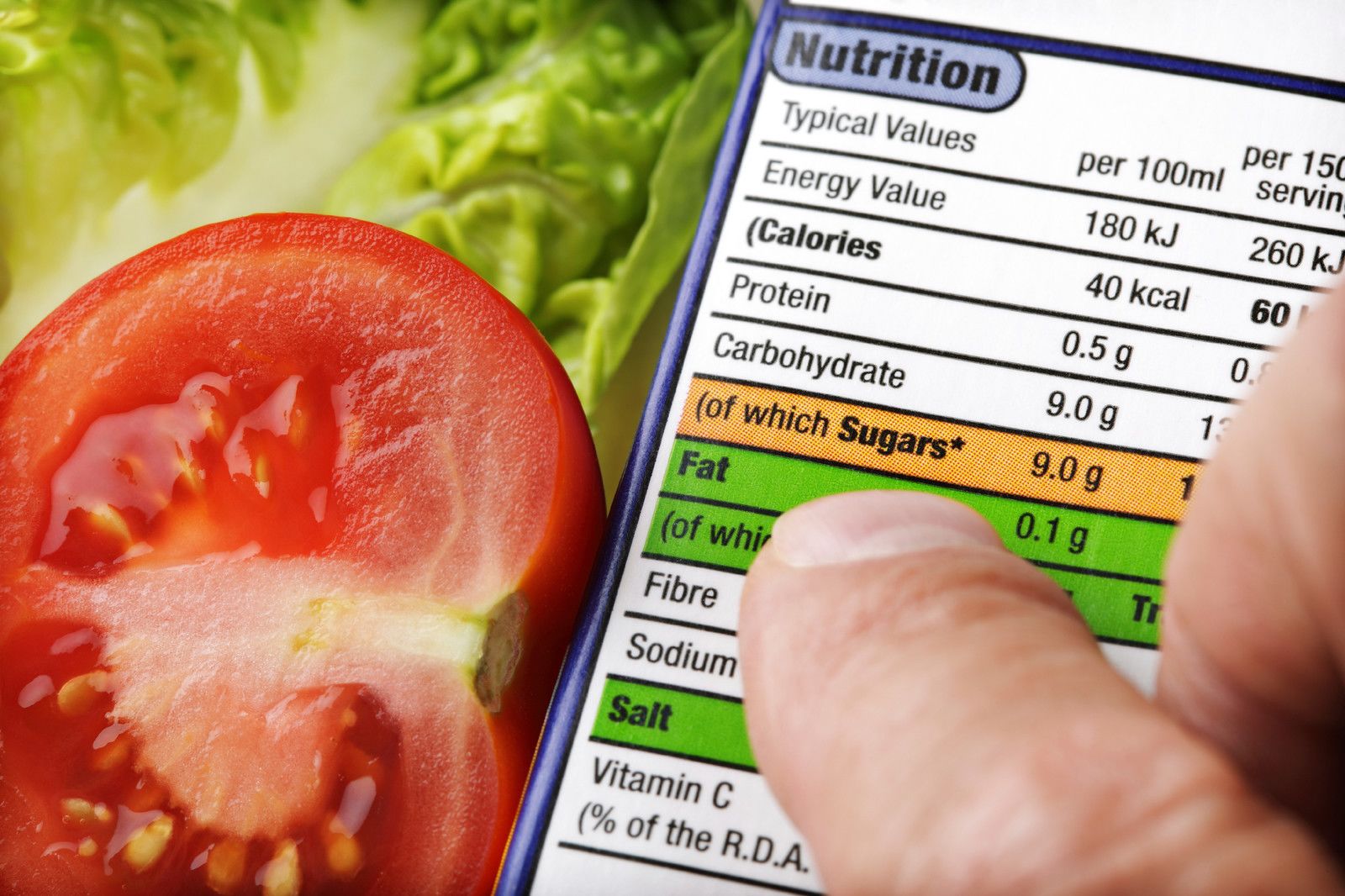
PROSECUTIONS
NSW Food Authority takes the chop to dodgy butcher
A Sydney butcher who falsely described the species of meat in their minced meat and used illegal additives that is known to make the meat look more appealing, has been fined $8,000 and ordered to pay the prosecutor’s costs after pleading guilty in the Parramatta Local Court.
Walli Asr Halal Butcher Shop Pty Ltd in Merrylands in western Sydney was convicted of four offences under the NSW Food Act 2003 including two charges of using sulphur dioxide (SO2) in minced meat and two charges of the false description of meat species.
The addition of the SO2 preservative can be used to disguise old or inferior meat,
It is not permissible in any level in minced meat because it can present a very real danger for people who are allergic to the chemical.
In addition to the use of the illegal additive, the business was selling mince separately labelled as ‘Beef Mince’ and ‘Lamb Mince’, but the mince was not entirely beef or lamb, it was a mix of both lamb and beef.
Details of the prosecution will be added to the NSW Food Authority’s Name and Shame register.

PROCESSES
FSANZ call for submissions
Food Standards Australia New Zealand (FSANZ) has recently released a call for written submissions on the draft variation to the Code arising from the following applications:
- A1193 - Irradiation as a phytosanitary measure for all fresh fruit and vegetables to extend the option of phytosanitary irradiation to all types of fresh fruits and vegetables. Written submissions are due by 6pm (Canberra time) 24 December 2020. Read more.
- A1206 - Subtilisin from GM Bacillus licheniformis as a processing aid (enzyme) to permit the use of subtilisin from a genetically modified strain of Bacillus licheniformis containing the subtilisin gene from Pyrococcus furiosus, as a processing aid in the production of potable alcohol. Written submission are due by 6pm (Canberra time) 27 January 2021. Read more.
*reproduced with permission from Food Standards Australia New Zealand


